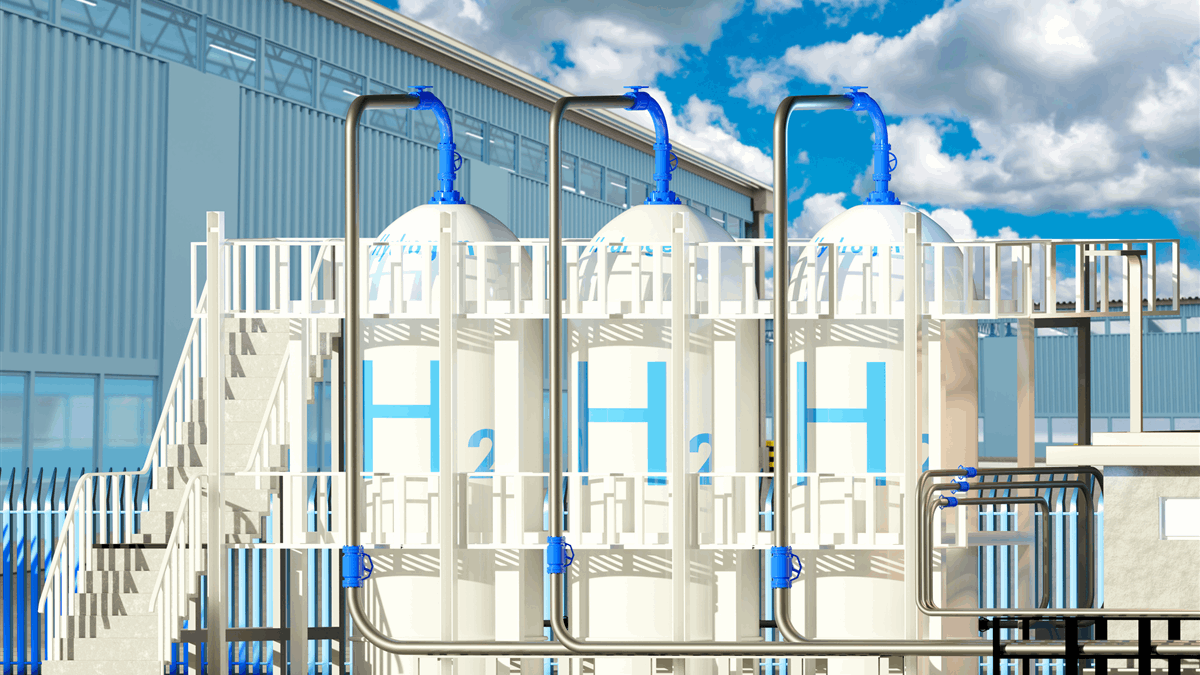U.S. Department of Energy Funds Five Clean Hydrogen Hubs Across the Nation
Key Ideas
- The United States Department of Energy has allocated $2.2 billion for the Gulf Coast H2Hub and Midwest H2Hub, making them the fourth and fifth Regional Clean Hydrogen Hubs to receive federal support.
- These H2Hubs aim to produce a combined three million metric tons of clean hydrogen annually, a significant step towards the 2030 U.S. clean hydrogen production target.
- Projects like the California Hydrogen Hub and Gulf Coast Hydrogen Hub, with significant funding, are set to boost renewable energy adoption and reduce harmful emissions in energy-intensive sectors.
- The ultimate goal of these projects is to accelerate the commercial availability of low-cost clean hydrogen, contributing to a reduction in carbon dioxide emissions and supporting the expansion of renewable power in the U.S.
The United States Department of Energy has announced $2.2 billion in federal funding for the Gulf Coast H2Hub and Midwest H2Hub, marking them as the fourth and fifth Regional Clean Hydrogen Hubs (H2Hubs) to secure support. These hubs form part of a larger initiative that includes a total of seven H2Hubs, with the goal of collectively producing three million metric tons of clean hydrogen annually by 2030. With the recent announcement, five out of the seven hubs have now finalized negotiations and secured funding under the Bipartisan Infrastructure Law.
The California Hydrogen Hub and Gulf Coast Hydrogen Hub lead in funding, each receiving $1.2 billion. The California project will exclusively produce hydrogen from renewable sources like biomass, while the Gulf Coast project targets serving the energy-producing capital of the U.S., Houston. The projects are backed by a mix of public and private stakeholders, including oil and gas giants like Chevron and ExxonMobil.
Other hubs like the Midwest Hydrogen Hub and Pacific Northwest Hydrogen Hub have also received substantial federal funding, aiming to reduce emissions in energy-intensive sectors and facilitate the growth of renewable power sources. The DOE emphasizes the importance of clean hydrogen as an energy carrier that can significantly reduce harmful emissions and create economic opportunities across various industries.
The projects align with U.S. targets to lower the cost of low-carbon hydrogen production, aiming for $2 per kilogram by 2026 and $1 per kilogram by 2031. Additionally, the initiatives are expected to result in a significant reduction in carbon dioxide emissions, equivalent to the annual emissions of millions of gasoline-powered vehicles. These efforts highlight the commitment towards cleaner energy production and sustainable practices in the U.S. energy landscape.
